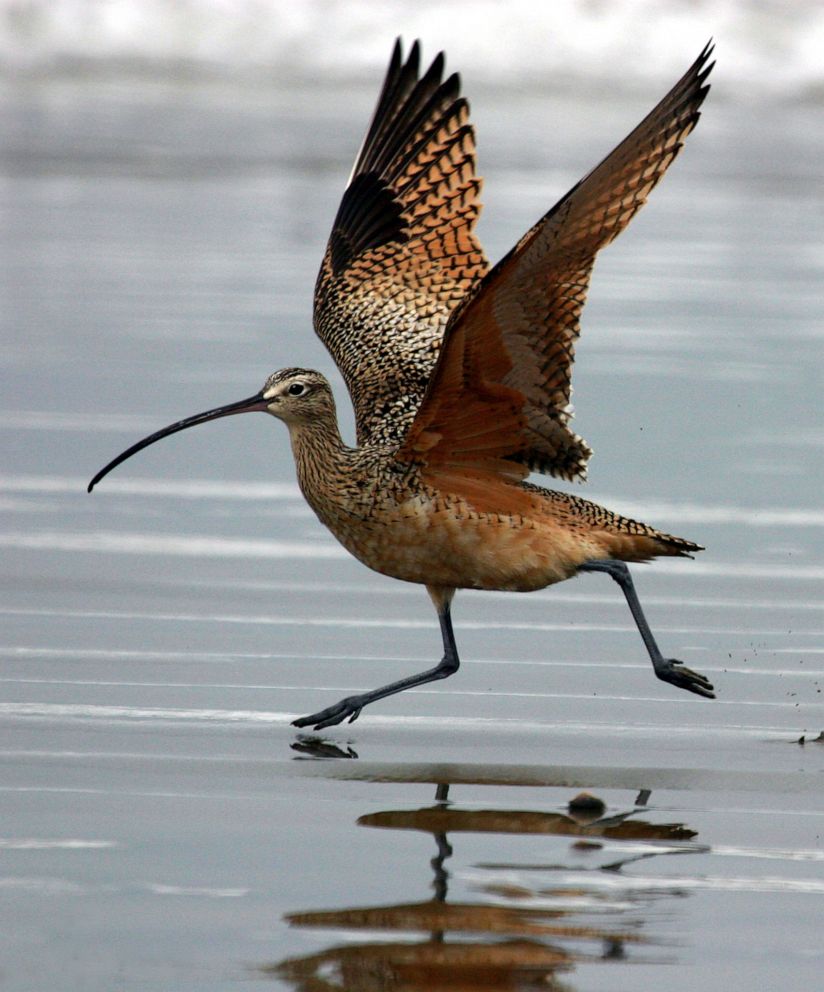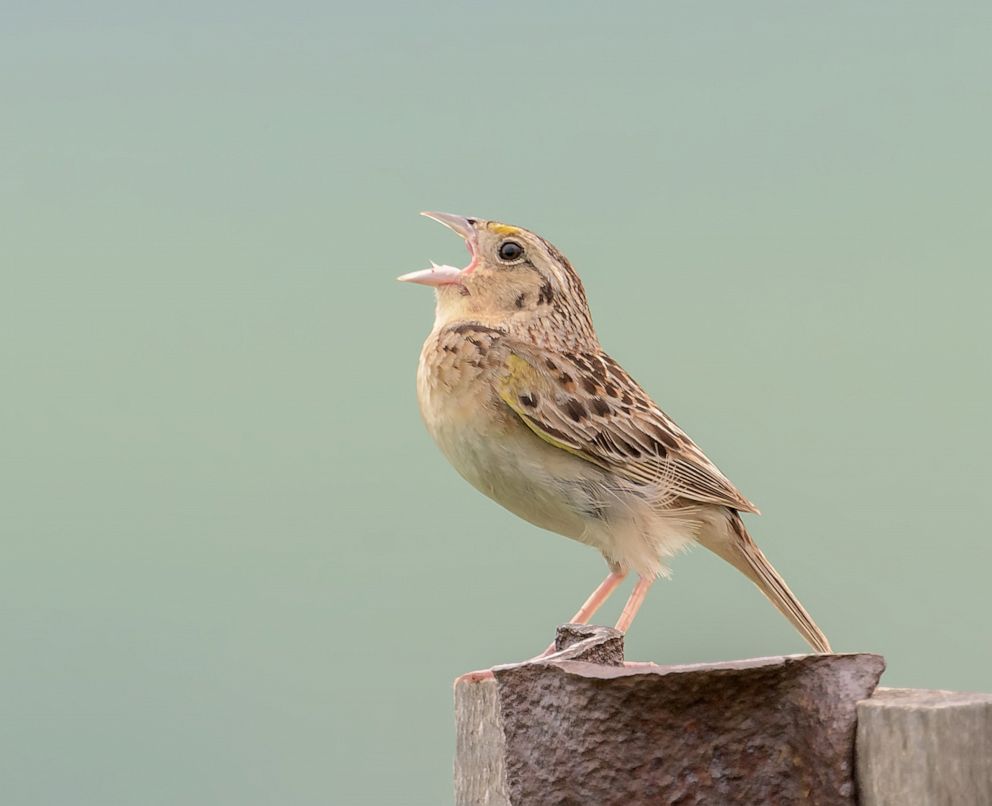US and Canada have lost nearly 3 billion of bird population in last 50 years: Study
The stark decline signals a "widespread ecological crisis," experts say.
The bird population in the U.S. and Canada has declined more than 29% -- or by nearly 3 billion birds -- in the last 50 years, according to a new study.
The stark losses signals a "widespread ecological crisis," as the bird population is an indicator of environmental health, according to the study, published Thursday in the journal Science.

The decline has affected a diverse group of birds and habitats, including songbirds such as meadowlarks, long-distance migrants such as swallows and backyard birds such as sparrows. Grassland birds were hit especially hard, with a 53% reduction in population -- or more than 720 million birds -- while shorebirds that frequent sensitive coastlines have lost more than one third of their population.
In addition, the volume of birds that participate in spring migration has dropped by 14% in just the last 10 years.

While researchers expected to see a continuing decline in the population, the results of the study showed "pervasive losses among common birds across all habitats," Ken Rosenberg, senior scientist at the Cornell Lab of Ornithology and American Bird Conservancy and lead author of the study, said in a statement.
Scientists believe that the habitats in the two countries have been so severely impacted by human activity, such as urbanization and agricultural intensification, that they no longer support robust wildlife populations, which is likely the largest factor driving the declines, the study notes.
While the researchers did not analyze the exact cause of the declines, other studies have pointed to free-roaming domestic cats, collisions with glass, buildings and other structures and the pervasive use of pesticides associated with widespread declines in insects, an essential food source for birds, as potential reasons for mortality rates in birds, the paper stated.
In addition, climate change is expected to exacerbate the problem, according to the study, but more research is needed to pinpoint the primary causes for declines in individual species.

The findings were determined by multiple, independent lines of evidence, Rosenburg said. This included data from weather radar stations across North America spanning more than 10 years as well data collected from the ground over the last 50 years, according to the study.
The data published in the study is "consistent" with what scientists are seeing elsewhere with bird populations elsewhere in the world as well as other living species that have experienced massive declines, such as insects and amphibians, Peter Marra, director of the Georgetown Environment Initiative at Georgetown University and co-author of the study, said in a statement.
"It's imperative to address immediate and ongoing threats, both because the domino effects can lead to the decay of ecosystems that humans depend on for our own health and livelihoods -- and because people all over the world cherish birds in their own right," Marra said.
In order to mitigate the losses, Michael Parr, president of American Bird Conservancy, suggested policy changes such as strengthening the Migratory Bird Treaty Act, working to ban harmful pesticides and to properly fund bird conservation programs.
On an individual level, people can practice making windows safer for birds, keeping cats indoors and doing their part to protect habitats, Parr said.

Some species have rebounded as a result of human efforts -- such as waterfowl, including ducks, geese and swans, whose populations have increased over the past 50 years due to investments by conservation by hunters and billions of dollars of government funding for wetland protection and restoration.
In addition, raptors, such as the bald eagle, have made a comeback since 1970 after the pesticide DDT was banned and legislation to protect it was passed in the U.S. and Canada.




